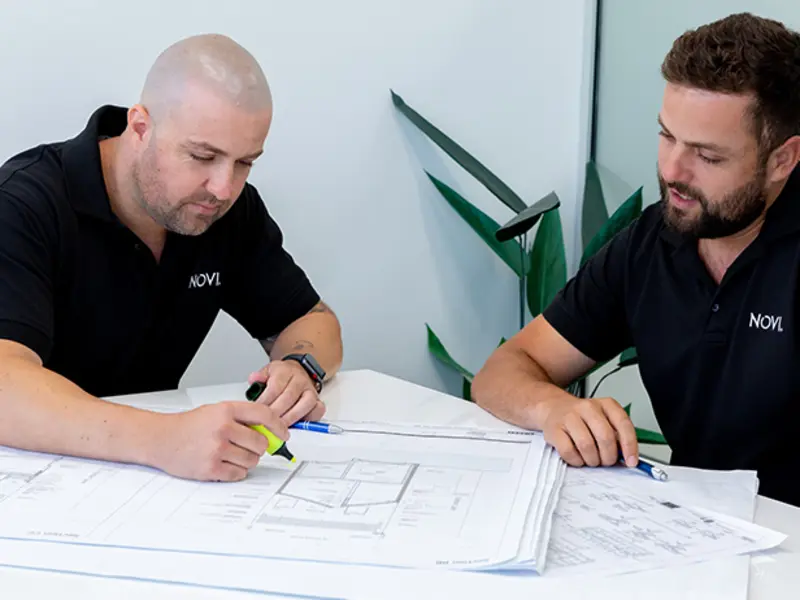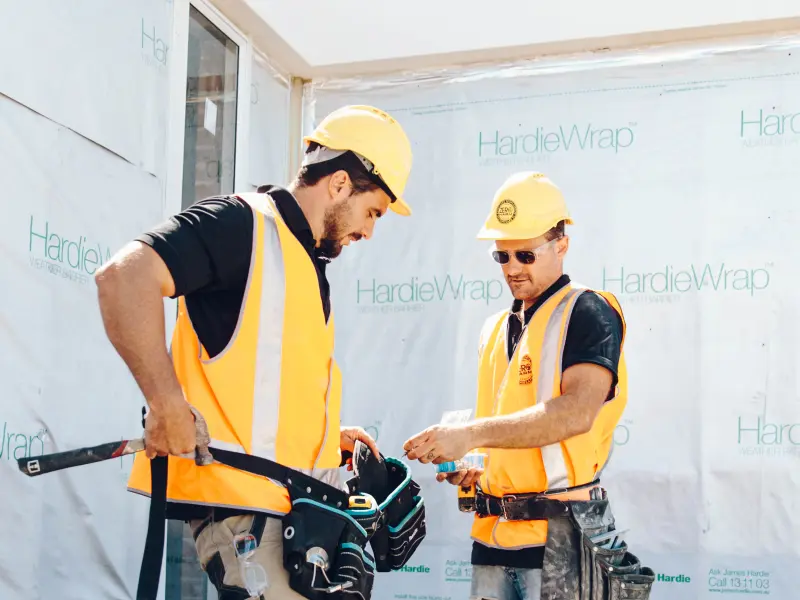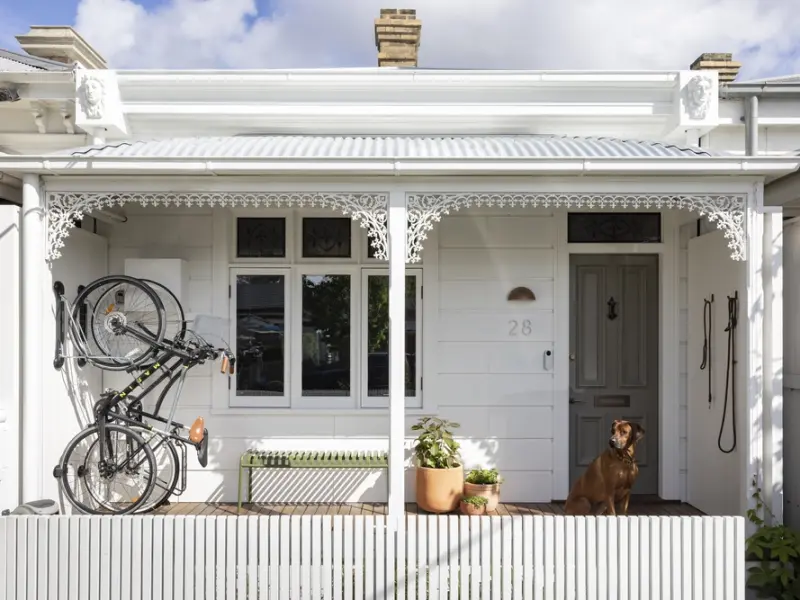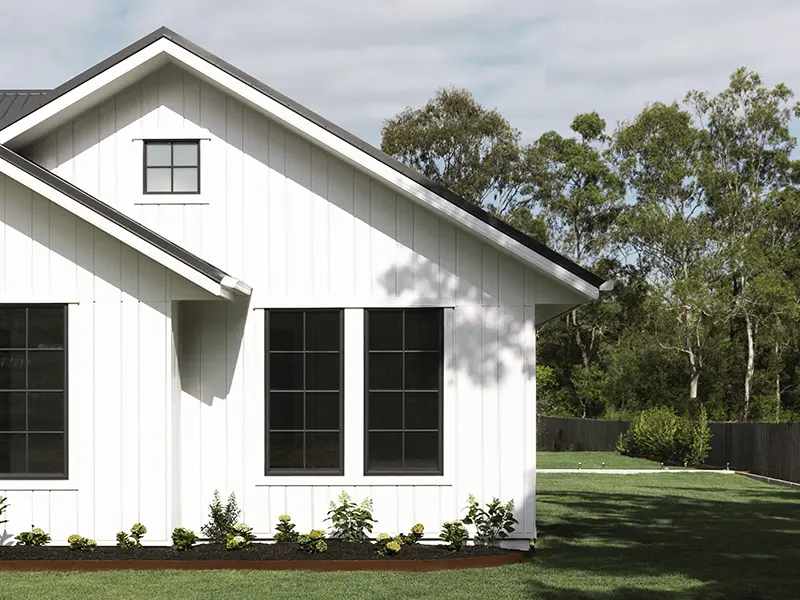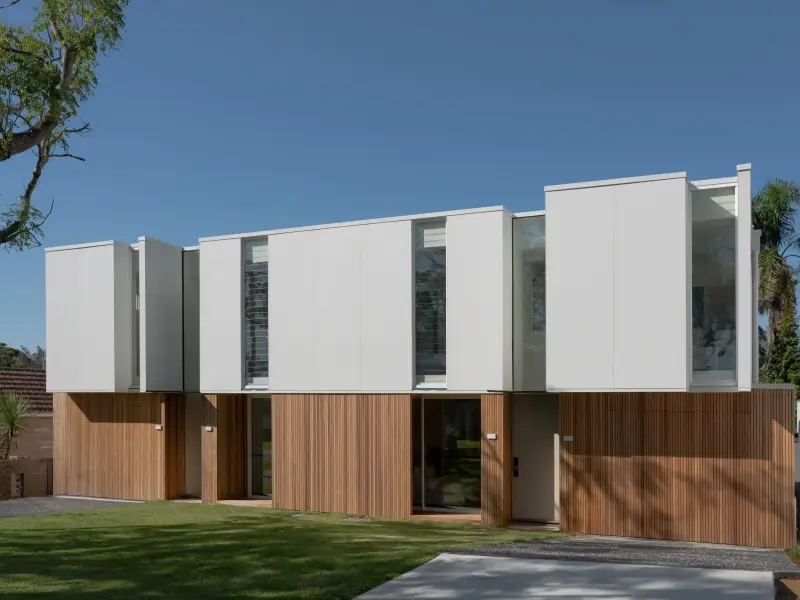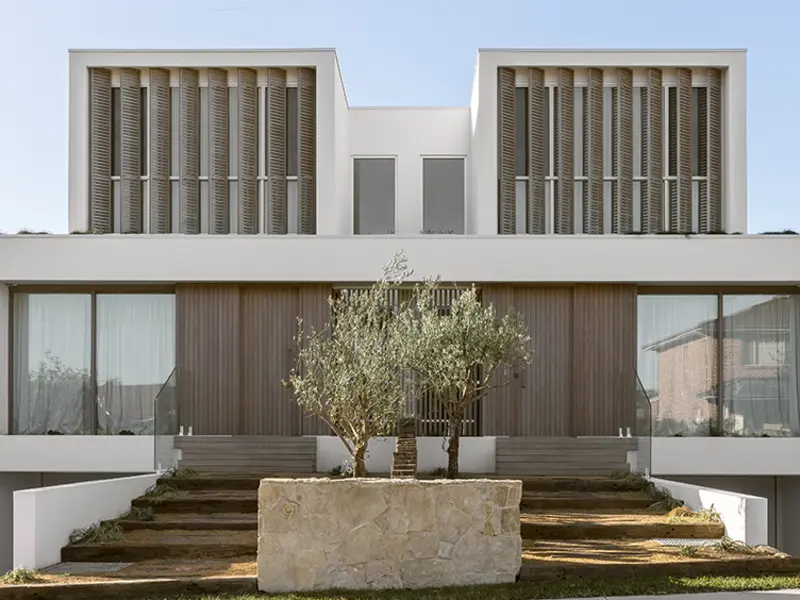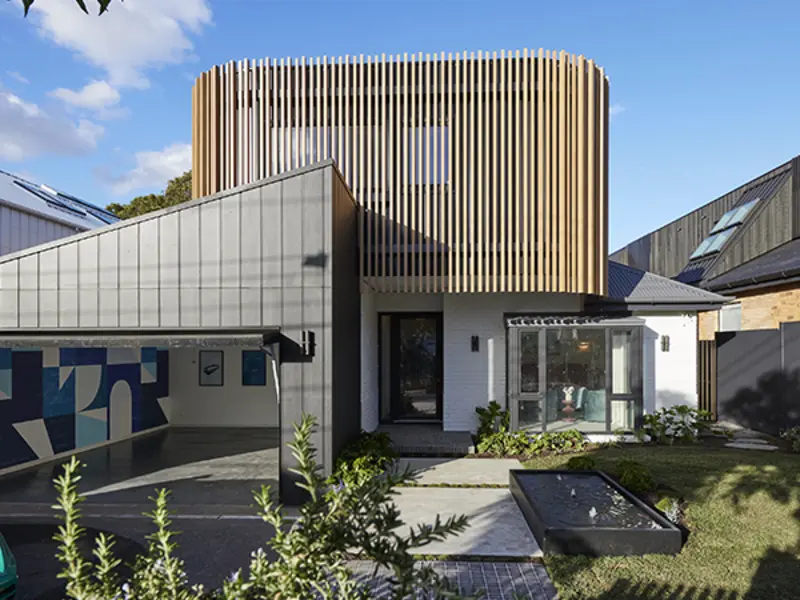
So your build project is nearly finished. What happens next?
The walls are painted, the bathrooms are tiled, the electrics are installed and the shiny new kitchen is waiting to be used. Renovating your home or building a house is a huge undertaking, and finally you’re nearing completion – but now’s not the time to take your foot off the gas. Over the next few weeks you will need to attend a final building inspection and complete some important paperwork before finally popping that champagne.
Here are the key tasks that remain, with expert advice from Rebeka Morgan, founder and director of BuildHer Collective.
The inspections
There are two types of inspections that will be carried out towards the conclusion of your project. Each serves a different purpose, and they should be completed in sequential order.
The building inspection
To ensure your home has been built to Australian Standards, a building certifier or representative from your local council will carry out a thorough inspection of your home. Some elements of the build – such as floor and wall coverings and basic fixtures – may remain unfinished at this inspection, which is focused on the broader foundations of the project.
For a new build, you’ll need to apply for a certificate of occupancy or a completion certificate to ensure the property is safe to occupy and that construction adheres to relevant state or territory building codes. “The building surveyor or certifier will check this, but remember they are looking at structure and compliance – not at defects or the quality of the work,” explains Rebeka.
Once the surveyor is satisfied, they will issue the certificate. This confirms that your home is technically fit to live in, although you’ll have to wait until your official handover with the builder before you can move in. Click here for our 10-step guide to a smooth, successful moving day.
The handover inspection
This is the final inspection for you, the client. You’ll walk through the house with your builder and check the quality and functionality of the workmanship. You may even prefer to engage an eagle-eyed building inspector or consultant to join you, or to act on your behalf.
“There may still remain some work to be completed,” adds Rebeka. “In this inspection, you should create a list of jobs that the builder still needs to work through.”
What should I do if I’m not happy with some of the details?
Bring it up with your builder. “Have a conversation about the defect – and make sure that it is a defect,” advises Rebeka. “Refer to the Australian Standards to understand what is and isn’t acceptable. Once you have an agreement, put it in writing – send your builder a quick note via email confirming your discussions and the resolution. Hopefully you can resolve the issue without needing to follow the process in your contract.”
Payment and insurance
If you have accessed finance for your project, the final payment from the bank will often not be issued until you have the certificate of occupancy (see above). “You will want to understand what terms the bank will make the payment on, and if there’s a contingency fund for variations,” says Rebeka. “You may also wish to have the property revalued to see if there is a more competitive finance option than the construction finance you have been using.”
And don’t forget about insurance. “During your build, you will need to have construction insurance,” adds Rebeka. “Once you have the occupancy certificate or sign-off that the work is complete, you will need to change to home insurance.”
The building handover
Once the builder has received the final payment, it’s time to organise the handover. During this appointment, you’ll meet the builder onsite and they’ll take you through your home’s functionality and maintenance – from appliances and fixtures to smoke alarms.
What questions should I ask my builder?
“You will want to have a copy of all the manuals and the warranties,” advises Rebeka. “I also like to get a list of the trades and phone numbers for any future work that I might need done – defects should always route straight through your builder.”
Interior decoration and landscaping
You’ve probably already started planning your home’s interior decoration, but as building draws to a close, you can really channel your inner stylist. Start by decorating high-traffic areas – such as the living room, entry and kitchen – to make your house feel like a home. Find more ideas on defining your style, creating a decorating plan and embracing modern interior design here.
When it comes to landscaping or garden design, be sure to consider your climate, the home’s aspect and your lifestyle. Do you want to create a family focused backyard where the kids can kick around a footy, or a peaceful green retreat for reading and reflection?
Think practically, too. Avoid interfering with your new home’s footing systems and foundations, and don’t build garden beds around the house without allowing for adequate drainage.
The handover and interior decoration of your home will be some of the most exciting chapters in your build or renovation. It pays to be prepared from the start, so arm yourself with our Renovation Guide, which contains tips and tricks that you can translate to any project.
Renovation Guide
With the right help and advice, you can make decisions confidently, ensuring your home will be magnificent in years to come. Our Renovation Guide can help steer you through every stage in the process to help you achieve the renovation you’ve been dreaming of. Get a copy of the James Hardie Renovation Guide now.


